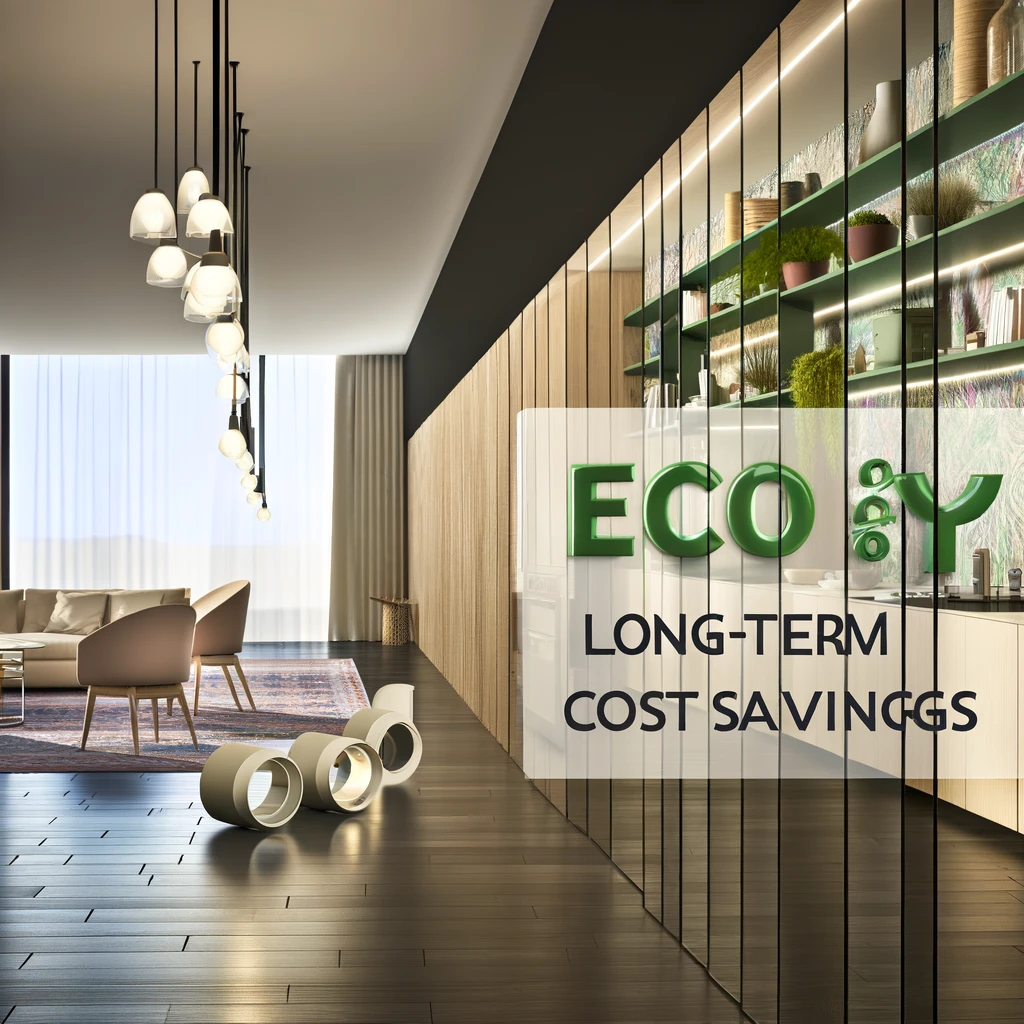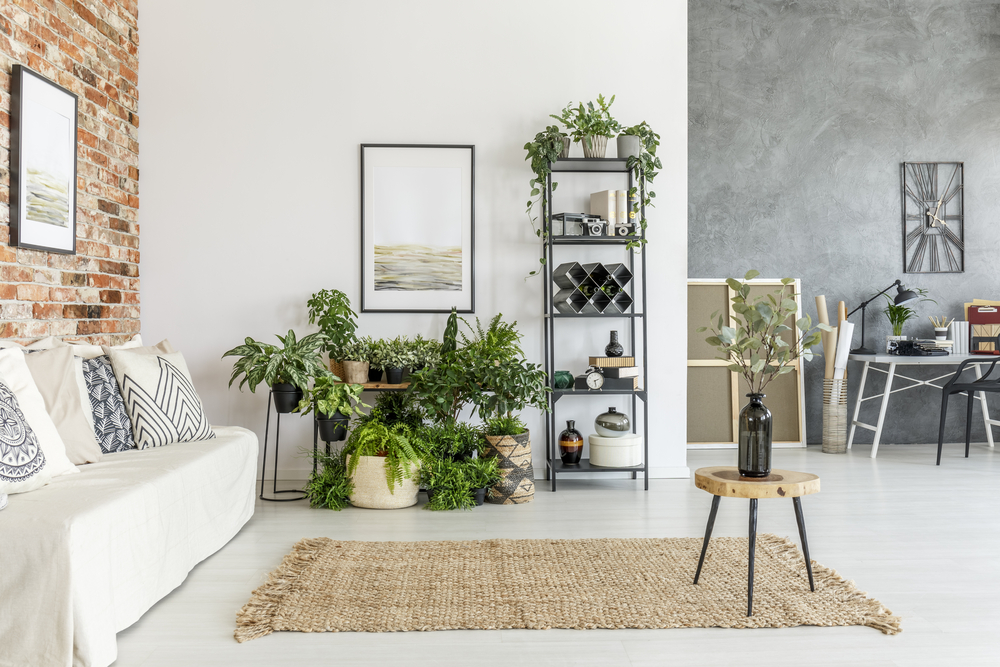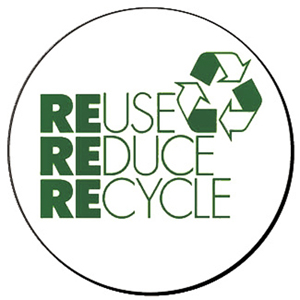In recent years, where our schedules are packed and our to-do lists seem endless, it's easy to overlook the importance of sustainable living. However, as the effects of climate change become increasingly apparent, it's more crucial than ever for individuals, including working professionals and busy business owners, to understand and implement eco-friendly practices in their everyday lives. One area where this can make a significant impact is in interior design. In this article, we'll explore why understanding eco-friendly interior design ideas is essential for busy professionals, how they can implement these ideas, and the consequences of not doing so.
Why Understand Eco-Friendly Interior Design Ideas?
1. Environmental Impact: By embracing eco-friendly interior design ideas, individuals can significantly reduce their carbon footprint and minimize their impact on the environment. Traditional interior design practices often involve the use of materials and products that are harmful to the planet, such as non-renewable resources, toxic chemicals, and excessive waste. Understanding eco-friendly alternatives allows individuals to make more sustainable choices that promote conservation and protect natural resources for future generations.
2.Health Benefits: Many conventional interior design materials, such as paints, carpets, and furniture, contain harmful chemicals known as volatile organic compounds (VOCs) that can negatively impact indoor air quality and contribute to health problems such as allergies, respiratory issues, and headaches. By opting for eco-friendly alternatives, individuals can create healthier indoor environments for themselves and their families, reducing the risk of exposure to toxic substances.
3.Cost Savings: While there may be an initial investment involved in implementing eco-friendly interior design ideas, such as purchasing sustainable materials or upgrading to energy-efficient appliances, the long-term cost savings can be substantial. Energy-efficient lighting, appliances, and insulation can lower utility bills, while durable and low-maintenance materials can reduce the need for frequent replacements and repairs, saving both money and resources in the long run.

What Can Busy Professionals and Business Owners Gain?
1.Improved Productivity: A well-designed and eco-friendly workspace can have a positive impact on productivity and overall well-being. Natural light, indoor plants, and ergonomic furniture can create a more comfortable and inspiring work environment, enhancing focus, creativity, and productivity. Additionally, knowing that their office space aligns with their values of sustainability can boost morale and satisfaction among employees and business owners alike.
2.Enhanced Reputation: Embracing eco-friendly interior design practices can also enhance the reputation of businesses and professionals in the eyes of clients, customers, and the community. In an increasingly environmentally conscious society, consumers are more likely to support businesses that demonstrate a commitment to sustainability and responsible stewardship of the planet. By showcasing their eco-friendly office spaces and practices, professionals and business owners can attract environmentally conscious clients and differentiate themselves from competitors.
How to Implement Eco-Friendly Interior Design Ideas:
1.Educate Yourself: Take the time to research and educate yourself about eco-friendly interior design principles, materials, and practices. There are countless resources available online, including articles, blogs, videos, and courses, that can provide valuable information and inspiration for sustainable living.
2.Choose Sustainable Materials: When designing or renovating your workspace, opt for sustainable materials such as reclaimed wood, bamboo, recycled glass, and low-VOC paints and finishes. Consider the environmental impact of each material, including its source, manufacturing process, and recyclability, before making your selection.

3.Prioritize Energy Efficiency: Invest in energy-efficient appliances, lighting, and heating/cooling systems to minimize energy consumption and reduce your carbon footprint. Install programmable thermostats, LED light bulbs, and smart power strips to maximize energy savings without sacrificing comfort or convenience.
4.Reduce, Reuse, Recycle: Embrace the principles of reduce, reuse, and recycle throughout the design and construction process. Minimize waste by repurposing materials, donating or recycling old furniture and fixtures, and choosing products with minimal packaging or packaging that is recyclable or biodegradable.

Curious about how to make your house look beautiful and cozy without spending too much money? Come, watch our short 15-minute video on ''3 Secrets to Transform Your Home into a Relaxing Oasis with Visually Appealing Interiors and Total Budget Clarity''.
The Consequences of Not Implementing Eco-Friendly Interior Design Ideas
1.Environmental Degradation: Failure to implement eco-friendly interior design ideas can contribute to environmental degradation, including deforestation, habitat destruction, air and water pollution, and climate change. The extraction, manufacturing, and disposal of non-sustainable materials and products can deplete natural resources, increase greenhouse gas emissions, and harm ecosystems and biodiversity.
2.Health Risks: Conventional interior design materials and practices that prioritize aesthetics and cost over sustainability and health can pose significant risks to human health and well-being. Exposure to toxic chemicals, indoor air pollutants, and mold growth can lead to a variety of health problems, including respiratory issues, allergies, asthma, and even cancer.
3.Financial Costs: In addition to the environmental and health consequences, failing to implement eco-friendly interior design ideas can also have financial costs. High utility bills, frequent repairs and replacements, and decreased property values due to outdated or inefficient designs can all result in unnecessary expenses for businesses and individuals.
In conclusion, understanding and implementing eco-friendly interior design ideas is essential for busy professionals and business owners who are committed to sustainability, health, and financial responsibility. By embracing eco-friendly practices, individuals can reduce their environmental footprint, improve indoor air quality, enhance productivity and well-being, and enhance their reputation and bottom line. By prioritizing sustainable materials, energy efficiency, and waste reduction, professionals and business owners can create healthier, more inspiring, and more sustainable workspaces for themselves, their employees, and future generations.